Seaweed Extreme is a granular feed made from seaweed, and manufactured and distributed by the popular Japanese brand Hikari.
Some months ago we talked about Hikari’s Marine A, a general granular feed (article), and right now, we’re using both types of food in our aquarium.
Seaweeds are a necessity for a lot of marine fish, in particular the surgeonfishes (here’s a beautiful article about surgeonfishes written some years ago). On the packages, the company has included images of the Zebrasoma flavescens, the beautiful Acanthurus leucosternon and a Salarias fasciatus, and on the other part a couple of Zebrasoma flavescens, a Zebrasoma xanthurum and an Acanthurus lineatus, great seaweeds eaters. The Seaweed Extreme has a concentration of 67% seaweeds.
Hikari Marine feeds are granular feeds sold in two different sizes, medium (M) and small (S), for different-sized fish. Hikari Marine pellets are sponge type.
They seem to be very appetizing even if they sink rather quickly, which is a characteristic reported right on the package. In fact, if the pellets remain in the ring for the food placing, they stay on the surface, but if the fish come to eat, the water movement makes them sink quickly.
On the outside of the package is correctly reported the expiration date.
Hikari Seaweed Extreme composition
The feed is composed of the following ingredients:
- seaweeds (desiccated seaweeds flour, Undaria pinnatifida, Porphyra yezoensis ueda, Porphyra tenera Kjelmann, sodium alginate, Phaeophyceae hansgirg);
- shellfish and crustaceans;
- cereals;
- fish or fish products;
- oils and fats;
- yeasts;
- sugars;
- vegetables;
- minerals.
The rich variety of minerals of the feed can be seen in the the macro structure of the pellets, as shown in the following pictures.
Here’s the nutritional analysis:
- Crude protein 36%;
- Crude oils and fats 7%;
- Crude fiber 3.3%;
- Crude ash 15.2%;
- Phosphorus 0.7%.
The amount of phosphorus is very low. The ash is a bit high, while the fats are a good amount. The “other” part is very wide, even if it contains the mineral salts and the residual moisture: they’re both high for seaweeds. There are enough proteins, but in a lower number than a general granular feed. I expected not to find them at all, but the company strove to create a balanced and complete feed for herbivorous fish. For example, there’s the Acanthurus lineatus, among the surgeonfishes, which tends to eat only seaweeds.
Vitamins
But we have these additions:
- vitamin A (retinol) 19,000 IU/kg;
- vitamin D3 (cholecalciferol) 2,900 IU/kg;
- vitamin E (alfa-tocopheryl acetate) 2,800 mg/kg;
- stabilized vitamin C (ascorbic acid 2 with polyphosphates) 3,300 mg/kg;
- copper (copper monohydrate sulfate) 2.9 mg/kg;
- manganese (manganic monohydrate sulfate) 19 mg/kg;
- iodium (calcium iodate anidro) 1.9 mg/kg;
- zinc (zinc monohydrate sulfate) 39 mg/kg;
- ferrous (ferrous monohydrate sulfate) 78 mg/kg;
- colorants.
Note that the vitamins are much more prevalent than the various sulfates. Moreover in these seaweeds there’s a strong concentration of vitamin C, in fact it’s the most present additive. The minerals are present in small quantities compared to a traditional granular feed, so we have more vitamins than minerals.
Hikari Marine feed is contained in a package completely sealed by an aluminum layer, to preserve the food, and it has a pressure closure to maintain the food fresh once opened. For the small size it’s possible to find 45 or 100 gram packages, for the medium size there’s just the 90 gram option.
I have to say that I prefer the classic aluminum can with the backelite closure, because with this system I always wonder if I closed the package well.
The feed cost
The Hikari Seaweed Extreme M costs 8,79 euro ($9.70 USD), while the Hikari Marine S 5,49 euro ($6.10 USD) for 45 grams and 9,89 euro ($11 USD) for 100 grams. It’s like 9.8 cents per gram for the bigger feed and 12.2 cents for the small one in the 45 gram option and 9.9 cents for the bigger package. It’s just become available also a M size of 250 grams and costs 20,89 euro ($23.40 USD), with the lower price of 8.3 cents per gram.
For a more information about fish feeds, you can read the following article from some years ago, but still completely relevant: fish feeding.
[Translated by Agnese Poggi]

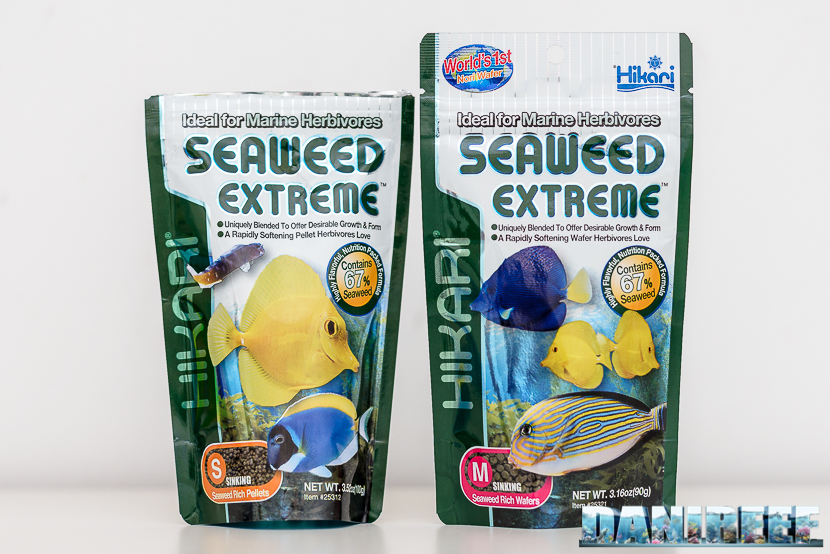
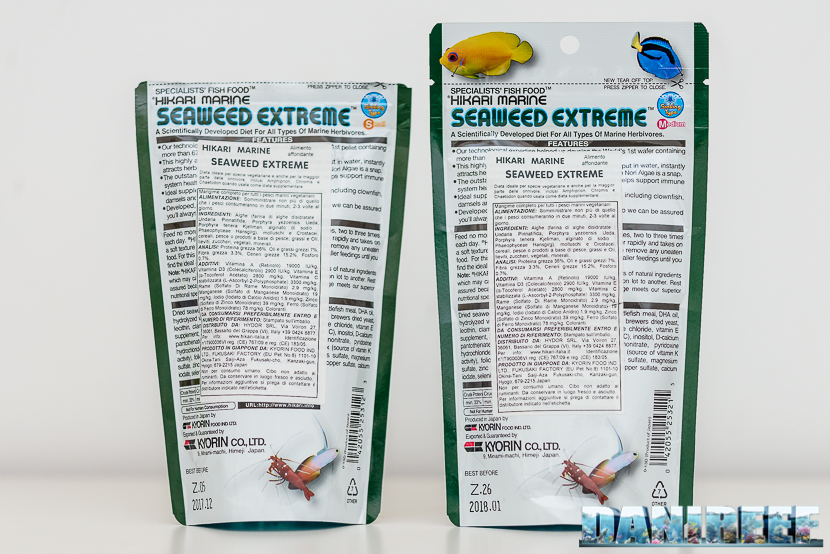
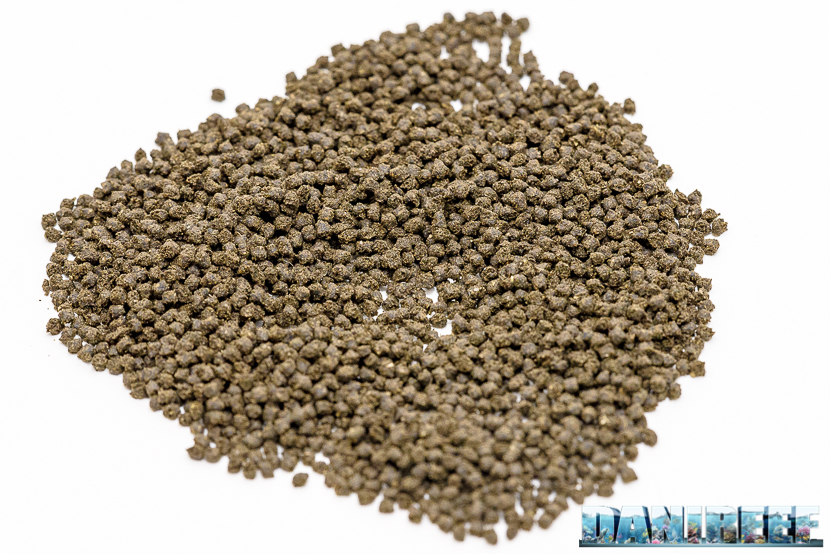
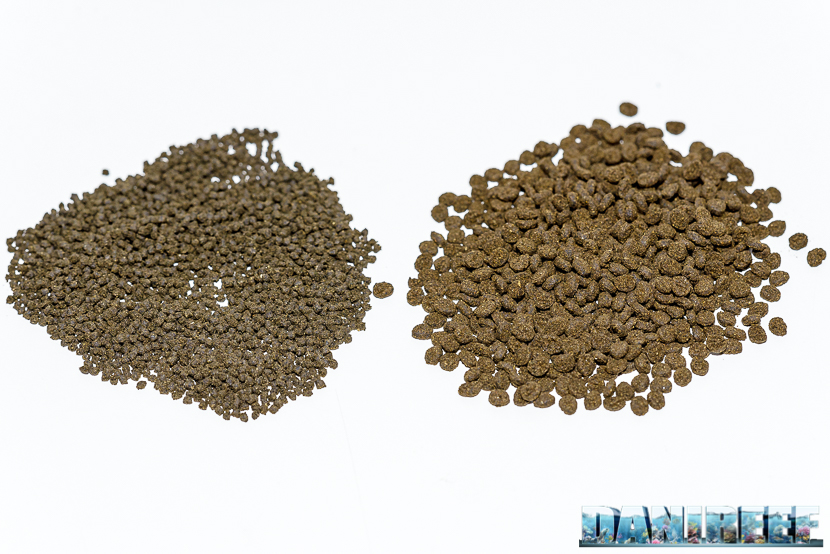
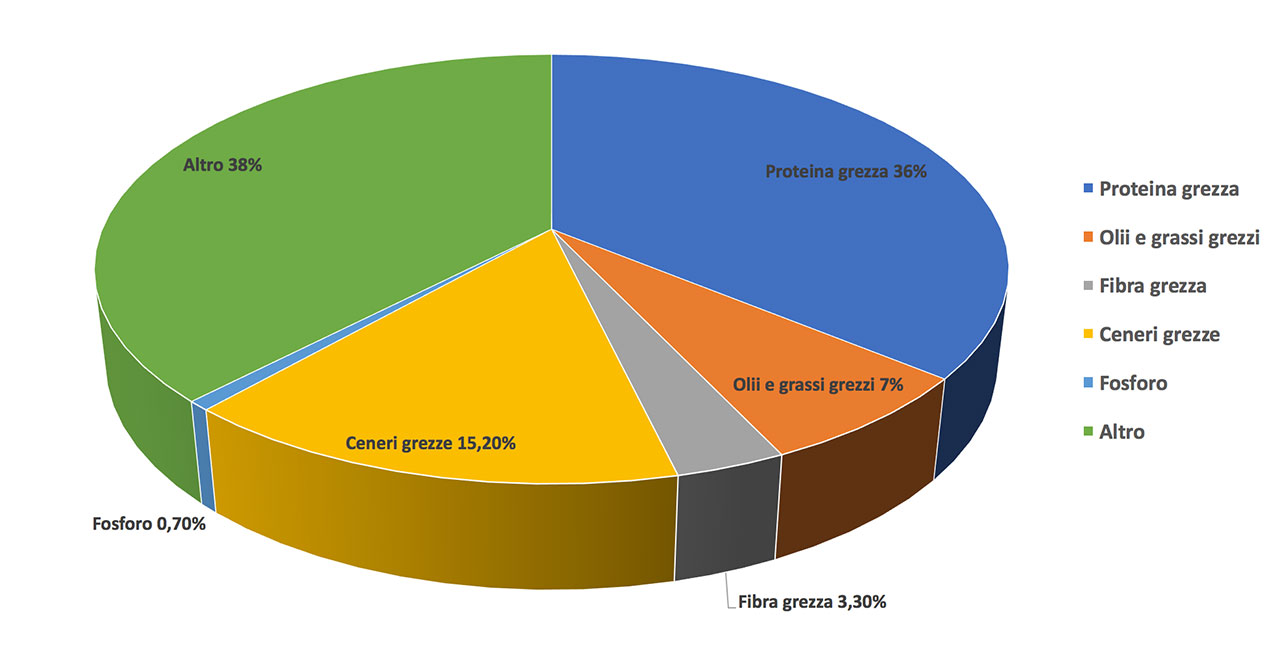
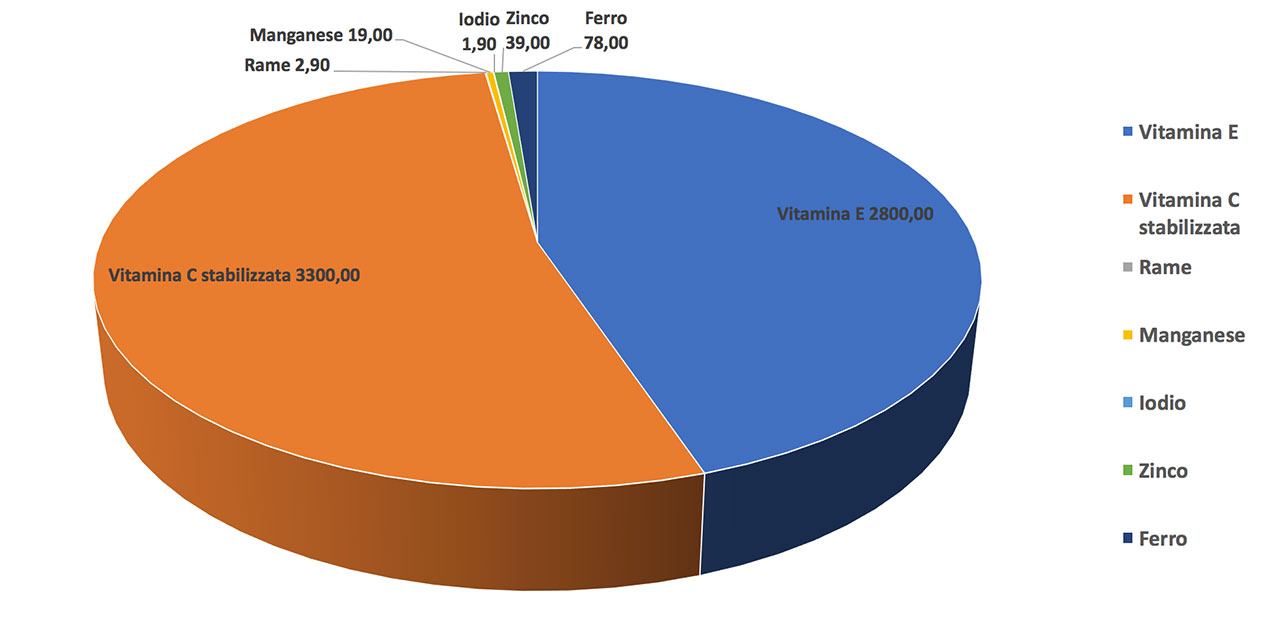
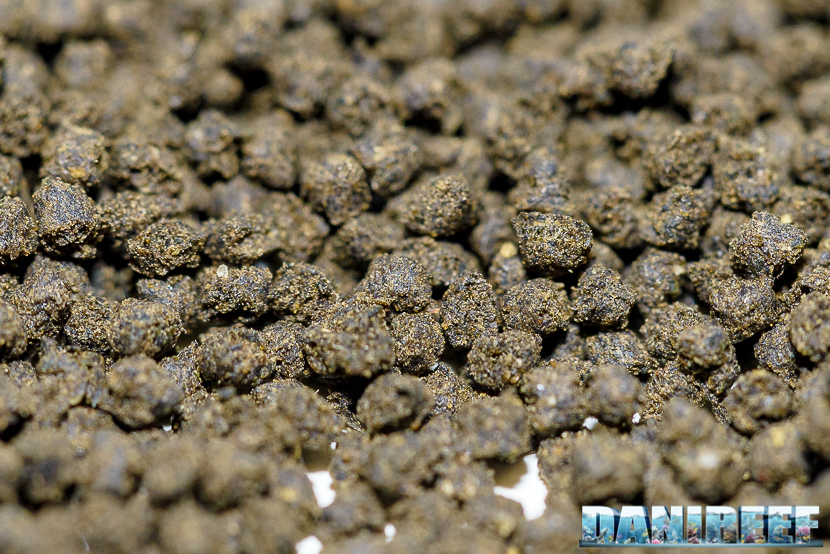
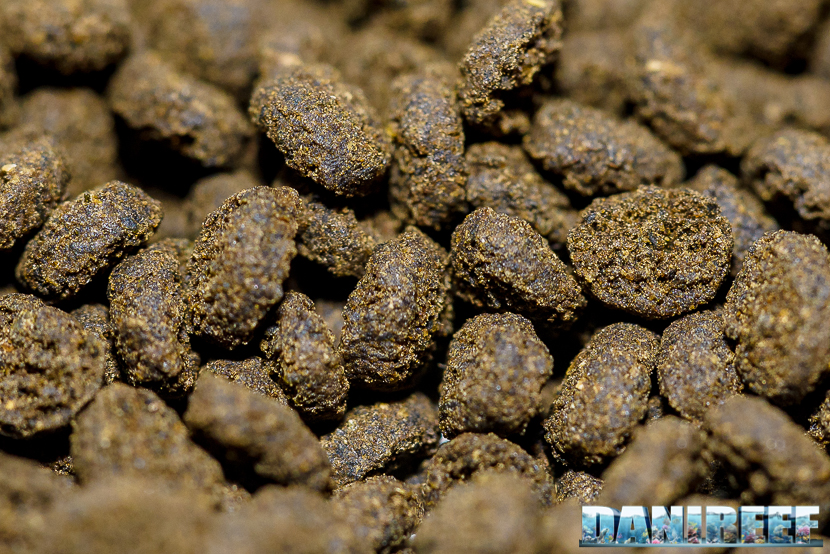









0 Comments